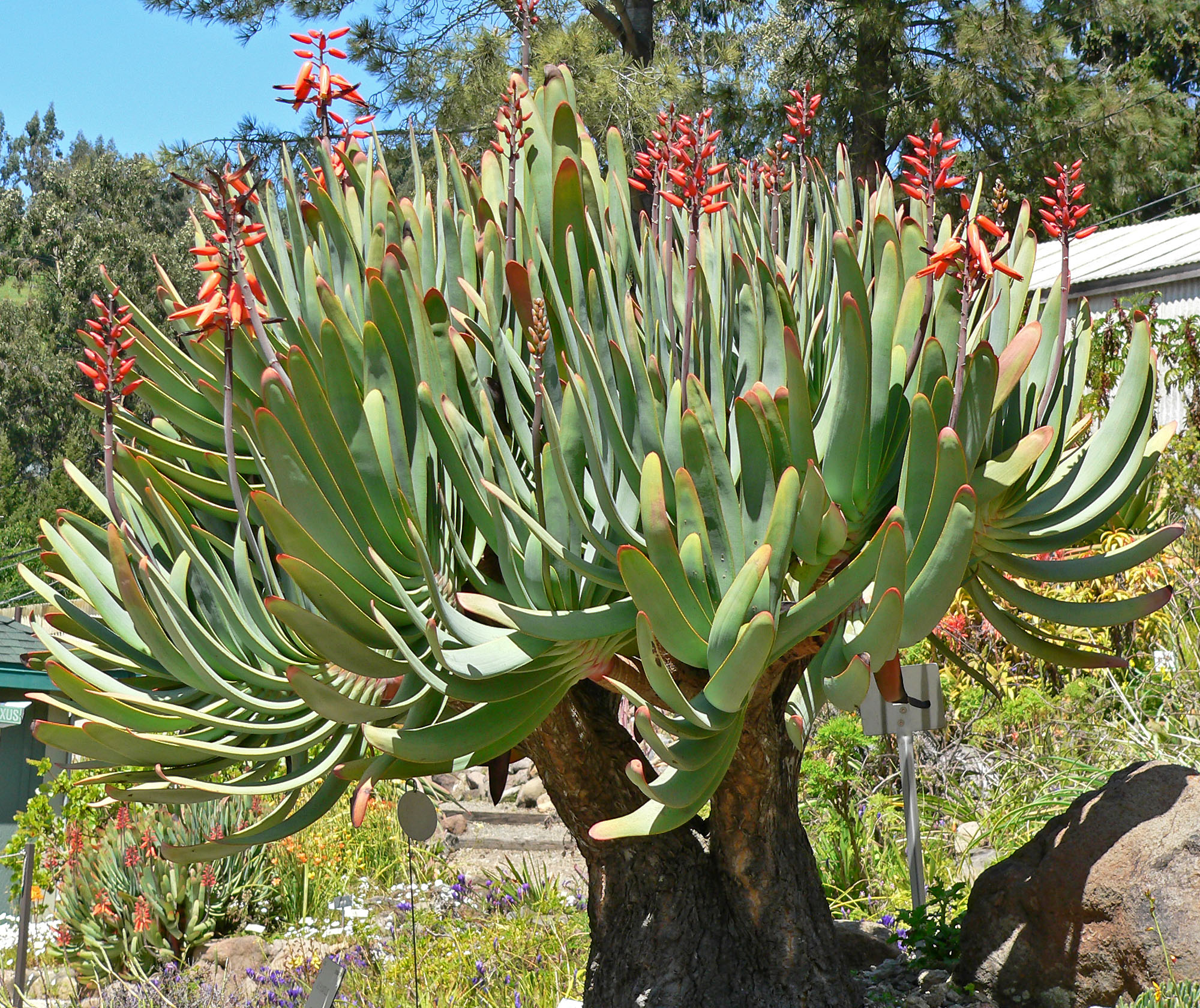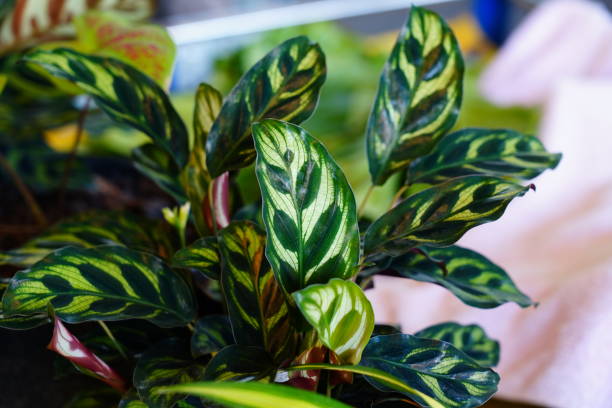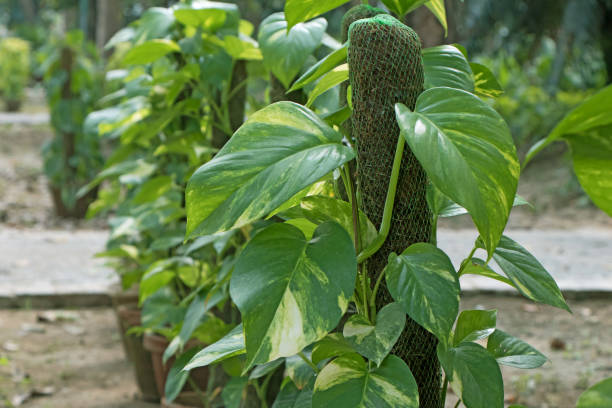Aloe Plicatilis: How To Grow, Care and Use

The aloe plicatilis is a small tree or succulent shrub in the genus kumara. This plant is also famous by the name of Kumara plicatilis.
It is a variety of aloe vera and belongs to the Asphodelaceae family of plants. The specialty of this plant is that it has numerous medicinal properties and is used in various traditional medicines. Other than medicinal uses, it is also a beauteous addition to the garden, and its fire resistant trunk makes it a good option for a xeriscape garden.
The growing and caring of the aloe plicatilis is also easy and doesn’t require much effort. However, you must know the basics of its care for the best results. In the article, we will tell you about the various aspects of this plant, including how to grow, its care, and its uses.
Introduction To The Aloe Plicatilis
Before we move on to how to grow and care for it, let’s know a little about it, which will, in turn, help you understand it better.
This variety of the aloe is a native plant of the Western Cape ecoregion of the Fynbos mountains in south Africa. These areas receive high winter rainfalls. The climate is suitable for it, and the rocky slopes of these mountains are also a suitable palace for it. It is ideal for growing on rocky slopes. It also does well in cold, hot summers and wet winters. This makes it an evergreen plant to have.
The scientific name of these aloe types is Kumara Plicatilis(L.) G.D. Rowley.
It is also known by various other synonyms, which are:
- Kumara Disticha
- Aloe Tripetala
- Aloe Lingua
- Aloe disticha var. Plicatilis
- Aloe Linguiformis
- Aloe Flabelliformis
Its general names are:
- Fan Aloe
- French Hoek Aloe
- Franschhoek Aloe
- Book Leaf Aloe
Other than these names, it is also popular by the name Cape Quivertree because of the striking resemblance it has with Aloidendron Dichotommum.
Fan Aloe Care
The growing and caring of the fan aloe are easy. However, knowing some basics never hurts.
Growth & Size
The tree grows up to a size of 6 feet in girth and 8 feet in height. It has a gray trunk that supports multiple of the forked branches. Each of these branches produces an inflorescence cluster that has grey-green or blue, green oblong of the leaves.
The leaves of this plant are shaped like a fan and are flattened with a fleshy design. They also don’t have any spine like the other plants. The leaves grow up to a size of 2 inches in width and 12 inches in length. Its leaves on the lower portion start to dry up when the plant matures. This, in turn, exposes the trunk.
Fragrance and Flowering
During the late winters or spring, the bloom time for this aloe plicatilis plant arrives. In this bloom season, each of the leaf clusters produces cylindrical racemes, which have 30 to 50 tubular-shaped red flowers. Each of these flowers is around the size of 2 inches in height, and their color may vary. The general color of these flowers may vary from crimson to orange.
Temperature and Light
The light and temperatures play a vital role when it comes to how to grow aloe. They are also an essential part of aloe care.
This plant of the aloe plicatilis requires bright light to have a healthy growth and also to have a bloom to its best. However, too much of everything is bad, and thus, in hot summers, it’s best to keep it in partial shades. However, during the winter sun, you can keep it under the full sun. This is essential as the full sun of the hot summers might cause leaf burns in this plant.
Another aloe care tip you need to know is that you should not keep it at a temperature under 10°C. This is vital as temperatures below this temperature may lead to fungus growth in the roots of this plant. It will eventually lead to the rotting of the roots.
Feeding And Watering the Aloe Plicatilis
When you want to know how to grow this variety of aloe, you must know its feeding and watering needs for the best result. Some tips are:
- This plant’s water needs are the same as the other aloe type succulents.
- The water preference if this plant is scarce instead of excessive watering.
- During the growing period of this plant, we recommend that you water it when the soil is completely dry. This is essential as its water requirements are scarce and excessive water may damage it.
- It is also important as the plant is tolerant towards extreme drought and summer, and thus scarce watering is best.
- You also need to feed it with liquid fertilizer once a week during the growth period.
Transplanting and Soil
- This plant prefers sandy, gravelly soil with good drainage.
- It can also grow in slightly acidic soil; even it prefers little acidic soil.
- The aloe plicatilis also grow well in other types of soil until you provide it with good drainage.
- For nurturing the plant, you can add some good organic mulching and compost to it. For making your own organic compost, you can use decayed leaves, coarse compost, and grass cutting.
Maintenance and Grooming
A fan aloe is a great option for people who are just starting with the succulents and cacti as it requires minimal care.
What’s more amazing about this plant is that it doesn’t require much pruning as leaves drop naturally after a time. One thing which you need to do is remove the spikes of spent flowers so that you can maintain the shape. You also need to remove any branches that show signs of routine. This is essential to prevent the spread of rot.
How To Propagate Aloe Plicatilis?
To propagate this south African plant, you need to use seeds or the cutting of stem. However, for best results, we suggest that you use stem cuttings.
If you ought to use the seeds, make sure you sow them in potting soil with proper drainage. You also need to water thoroughly till the plant establishes. Once the plant is established, transfer it to its permanent place and then reduce the watering frequency.
Diseases and Pests
- Be vigilant for slugs, aphids, snails, and mealybugs as they attack the aloe plicatilis.
- You also need to take care of occasional birds as they may also harm them.
- Treat any pest infestation as soon as possible to prevent the spread.
- The main enemy of this plant is fungi, and it can easily be infected if it is left in water for a prolonged period of time.
Uses of Plicatilis Plant
There are various uses of the plicatilis plant. Some of them are:
- It can be used as an attractive addition in Mediterranean style gardens.
- You can also use them in coastal gardens, succulent gardens, and rock gardens.
- If you love birds, then it is also a good option to attract bees and hummingbirds.
- For medicinal purposes like boosting immunity.
- It is also used for diabetes treatment.
Bottom Line
The aloe plicatilis is a great option if you want multi prose easy to care plants for your garden. What’s more amazing is that it is easily available and you can grow it with minimum effort.
The plant also has medicinal properties and can help in the cure of various diseases, and thus you can have it without side thoughts to your garden.






